During my commute this week, I watched this thought-provoking TED talk by psychologist Sherry Turkle called "Connected, But Alone?". It's worth the few minutes of your time to view, particularly if you are as immersed in social media as I am.
Sherry Turkle examines what in her view are the dangers of the online connected life. Her opinion, as a psychologist who has studied online culture, is that as a society we are starting to substitute real intimacy and community for the illusion of connectedness that social media provides for us.
The difference between online interactions and face-to-face conversation is that online exchanges allow us to completely control the experience. We can choose how much we want to engage, how much attention we give the person, and most importantly how we present ourselves. According to Turkle "texting, email, posting … al of these things let us present the self as we want to be. We get to edit. That means we get to delete."
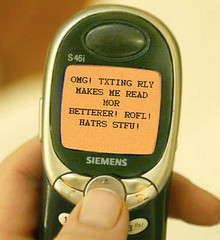 As a result the art of conversation has been lost. Specifically, we are losing the skill of listening to each other. And this is a great loss. "We have to listen to each other," says Turkle. "Including the boring bits. Because it's when we stumble or hesitate or lose our words that we reveal ourselves to each other."
As a result the art of conversation has been lost. Specifically, we are losing the skill of listening to each other. And this is a great loss. "We have to listen to each other," says Turkle. "Including the boring bits. Because it's when we stumble or hesitate or lose our words that we reveal ourselves to each other."
At the end of the day, technology can not substitute for real intimacy and community.
As I was listening to her talk, I began connecting my own experience with social media with my life as a social dancer. Both social media and social dancing are significant parts of my life that I think enhance it in different ways. And I realize that they offer complementary benefits to me , and presumably to others.
There are so many things that make social dancing so compelling and wonderful. Many people talk about the physical benefits of dancing, and the happiness that it brings people, young and old. But I think there is something deeper there.
Intimacy
Social dancing is an intimate, physical experience between two people, where they are connected through their bodies, sharing space and movement, in sync with the music. It might be flirtatious, friendly, or torrid, or a combination of all three over the course of a dance. It's a conversation without words.
Social dancing means putting yourself out there on the floor, without editing or scripting. You can't hide from yourself in the dance. There are very few other opportunities in modern life for two people to be in such an intimate connection with each other, outside of romantic relationships.
Intimacy implies vulnerability and trust. In social dancing, particularly as a follower but also as a leader, you have to trust your partner not to put you in a dangerous position, not to drop you on a dip, not to spin you into a wall. Which brings us to the next important aspect…
Shared Control
In social dancing, you are not entirely in control of the interaction. You are constantly negotiating what is happening at any given moment between yourself and your partner. While we talk about "leaders" and "followers," in fact even the most assertive lead is at best suggesting or initiating a movement to his or her partner, and the follower is choosing his or her movement in whatever way seems best. I might want the person I am dancing with to do 30 spins in place, but she has control herself of what she is going to do.
And then there's the music.
Whether live or recorded, you are both (hopefully) dancing to the music you are both hearing. There may be a swell of building energy in the horn section of swing song that causes you to increase your momentum, and then a frenetic drum solo that compels you to swing out with everything that you've got. Or a sultry bass line in a blues song might move your hips in slow circles. The string section of foxtrot might send you skipping around the dance floor. The music moves you (sometimes even when you don't want it to!)
So in a social dance, you are not in control. Which is part of what makes it so awesome. Because it allows room for the unexpected to happen. A stumble might suggest a new step. A jazz song might have a latin break in the middle. A missed handhold might lead to an unintended breakaway step that wows the crowd. It's all there in the messy, unpredictability of the social dance floor.
Duration and Attention
The late, great lindy hopper Frankie Manning used to call swing dancing a "three minute romance." For that brief interval of time, you and your partner are in a kind of a relationship that you are creating on the fly. You don't get to carefully craft each moment and interaction. The music marches on. A step once initiated can not be deleted. And just as quickly, it is over.
You don't get to choose how much attention you give to a dance. You can't be tweeting, looking up something on Wikipedia, and checking into FourSquare while you are dancing. It takes 100% of your attention the entire time.
This is one of the reasons why being a good dance leader is so hard. Novices often worry that they don't know what to do for an entire song, since they only know a handful of steps. They worry about "boring" their partner, missing a step, or not finding the beat. It's complicated, with no easy solution other than practice.
But by contrast, when you miraculously, despite your mistakes and limitations, manage to have a fun dance with another person, it feels like you just won a gold medal in awesomeness. And you want to do it again and again and again.
Let's summarize some of those aspects of social media and social dancing.
This is obviously a gross over-simplification. But hopefully you get my point.
Social media and online interactions are brief, controlled, and give you a "hit" of connection with someone else. Social dancing is out of your control, physically and emotionally intimate, over a longer period of time.
So am I saying that social dancing is better than social media? Heaven forfend, no. But social dancing does meet different and important human needs, which accounts for why it has endured for so long in human history, despite changes in music, mores and gender roles.
I think I am saying that learning how to social dance and making it a part of your life can make you a better, more complete person. You get to share yourself and connect with people of all ages and stripes. You experience moments of play and flow where time stands still. You are sharing the joyful abandon of dance with your partner and everyone else in the dance hall.
Those are powerful bonds and experiences that have reverberations throughout the rest of your life. The world needs more happy people. And music and dance is a powerful viral mechanism for spreading happiness. There is no other app for that.
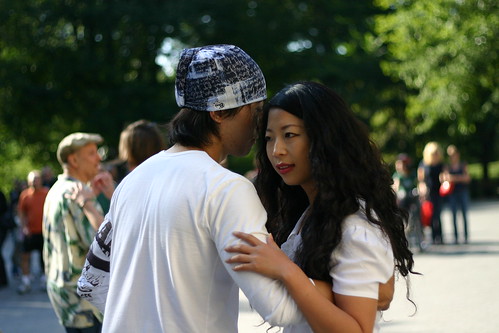
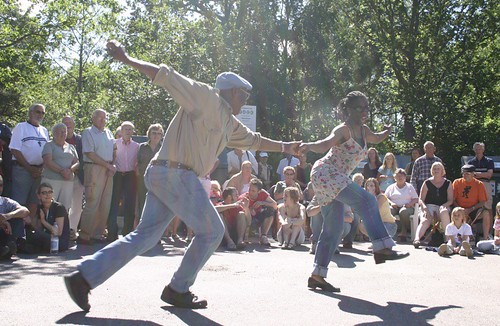
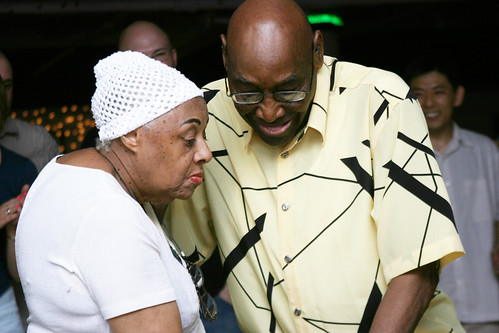
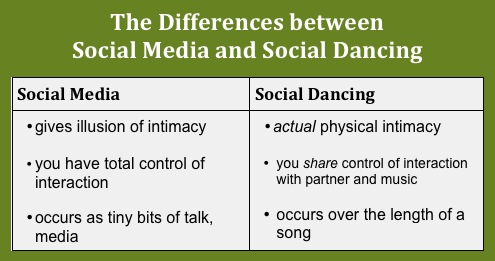
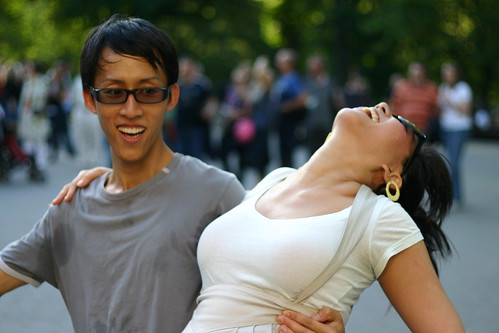
Awesome piece of writing.. “The world needs more happy people. And music and dance is a powerful viral mechanism for spreading happiness. There is no other app for that.” Loved it.. being a dancer who’s tried ever social partner dance out there.. I can’t agree more.
Thanks, Krishna! Much appreciated!